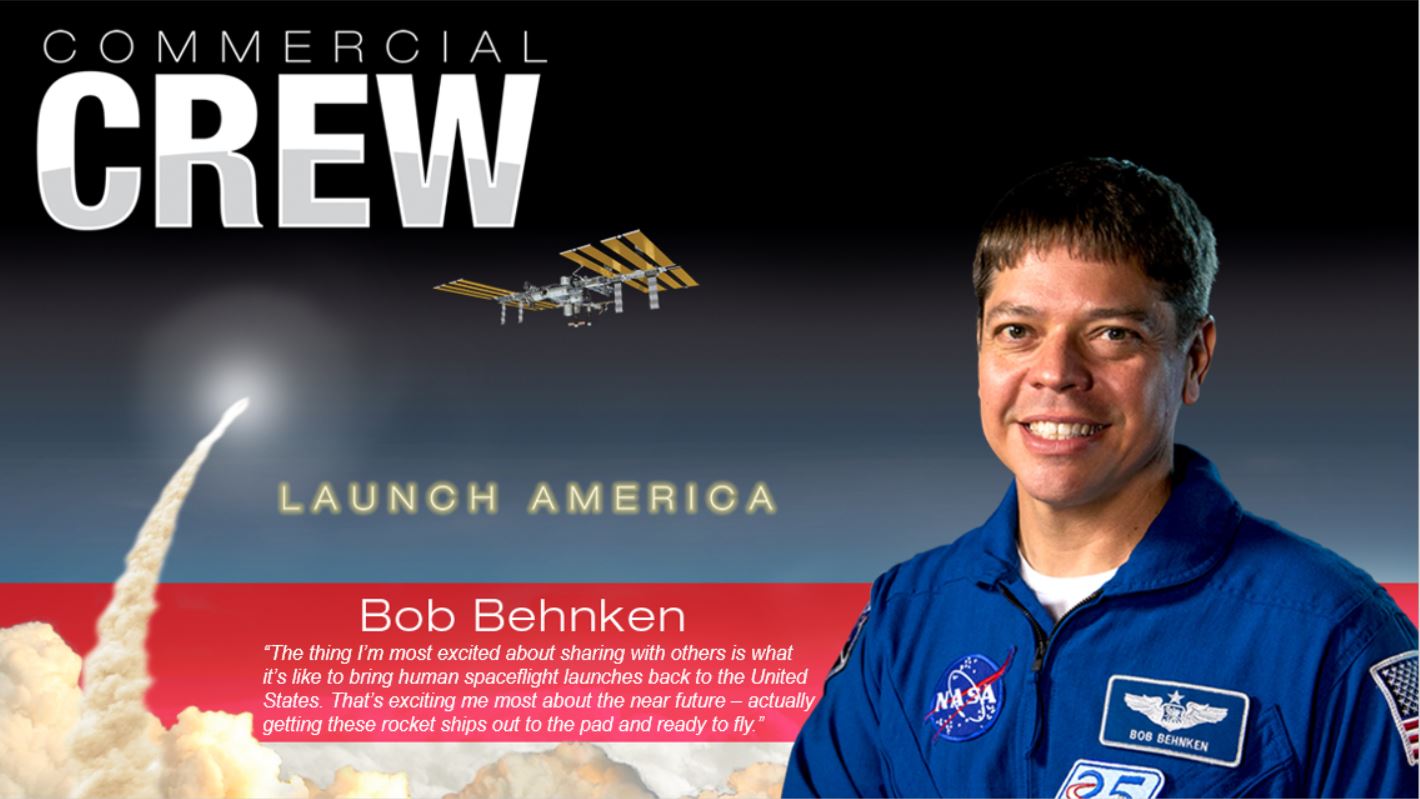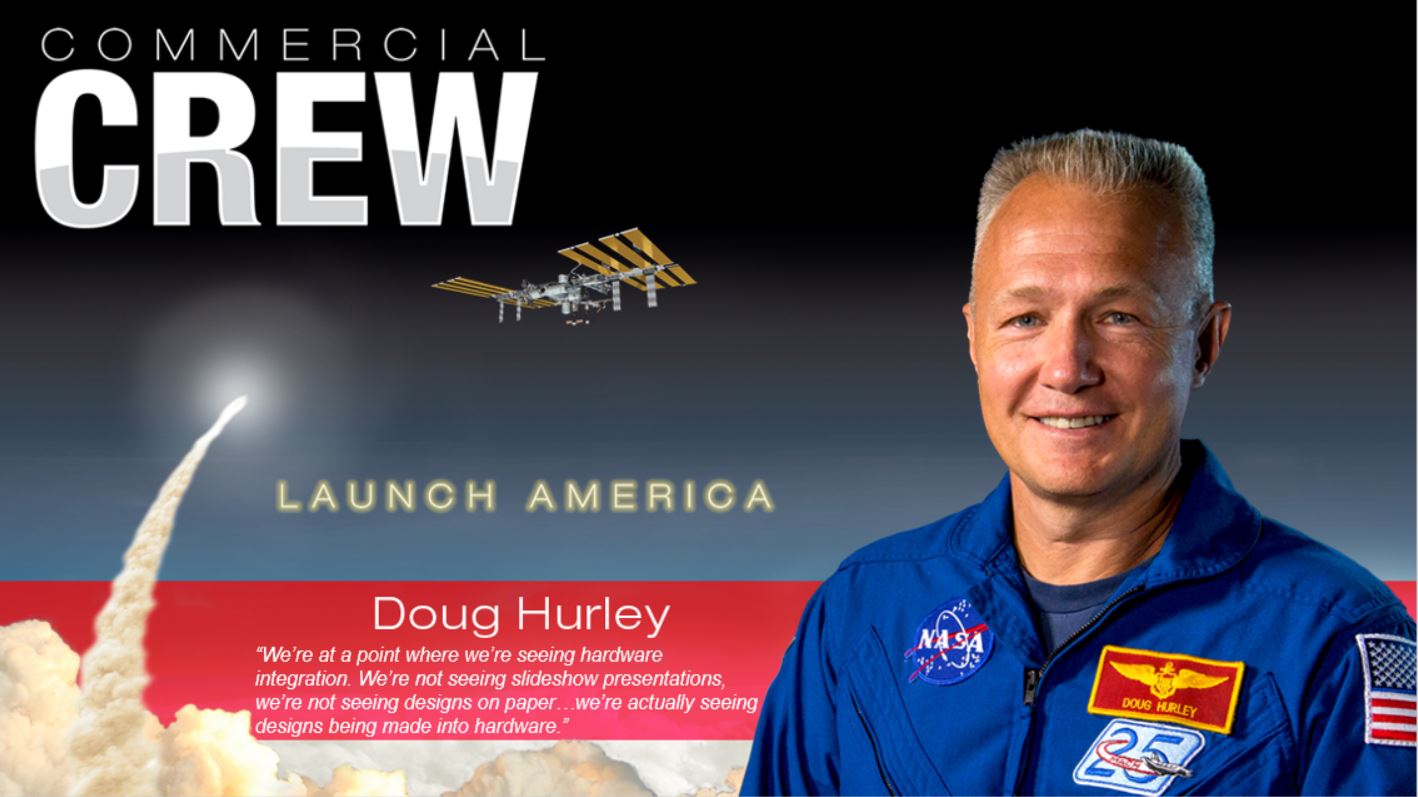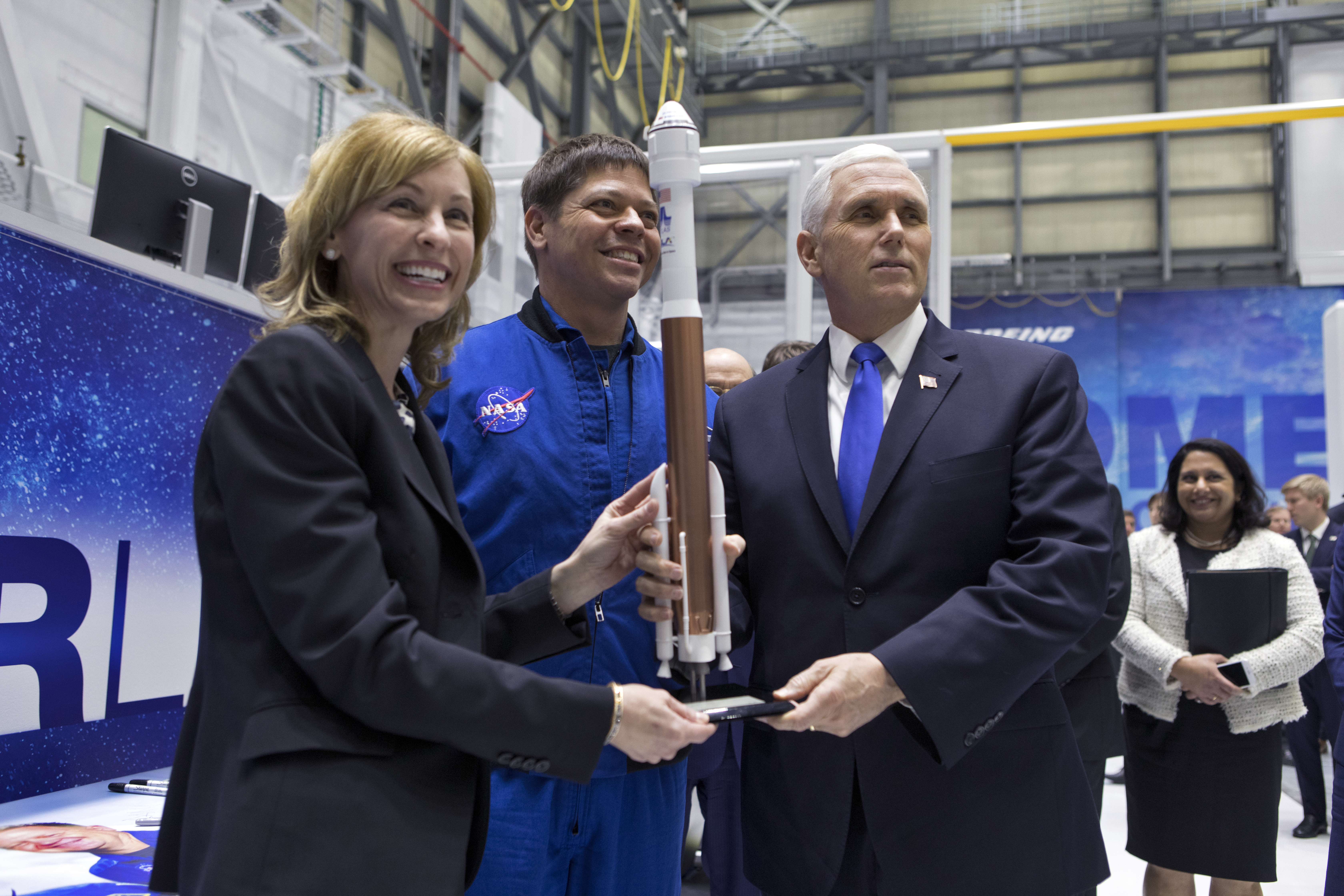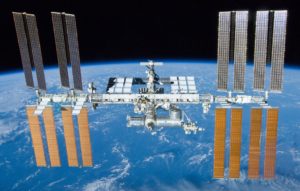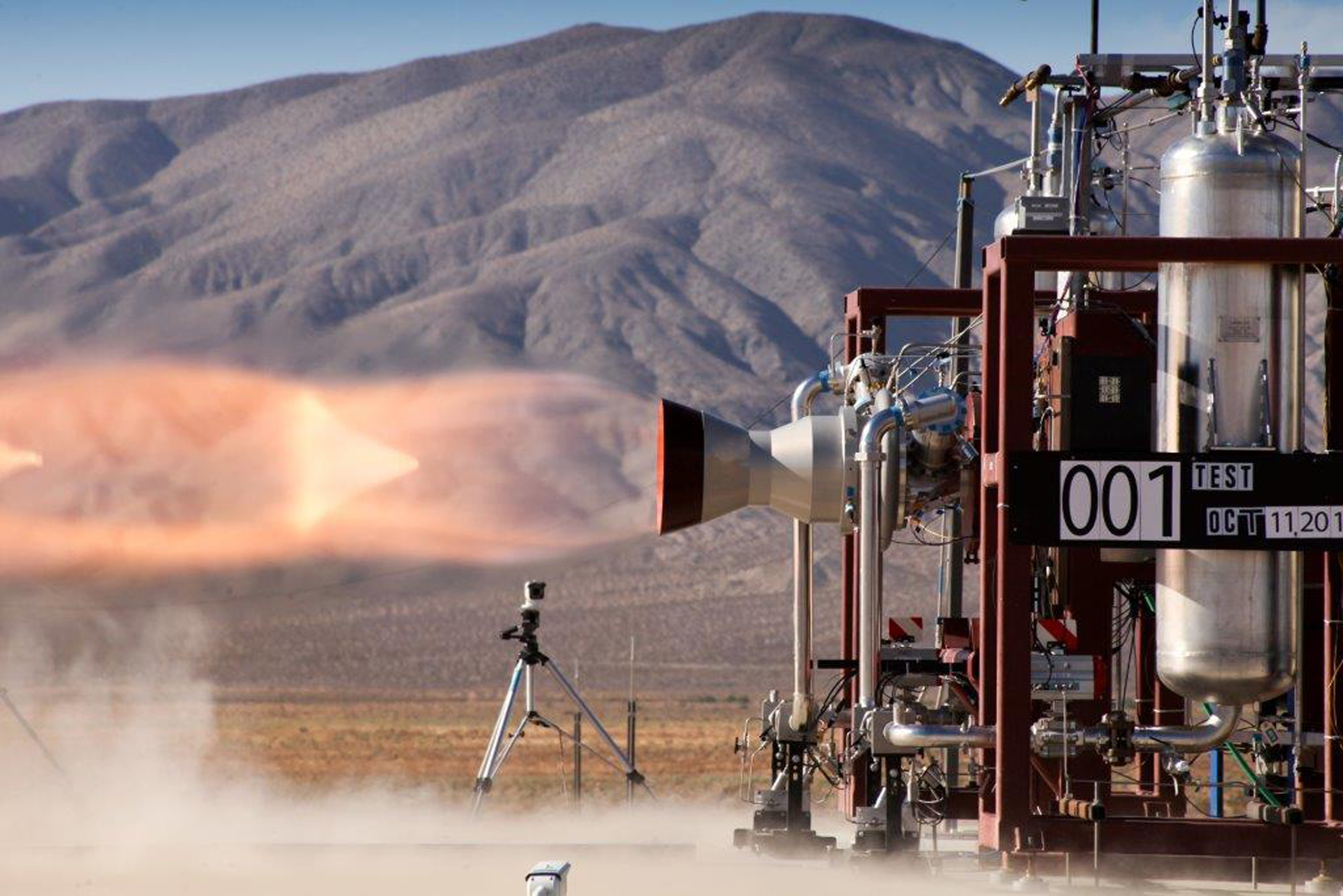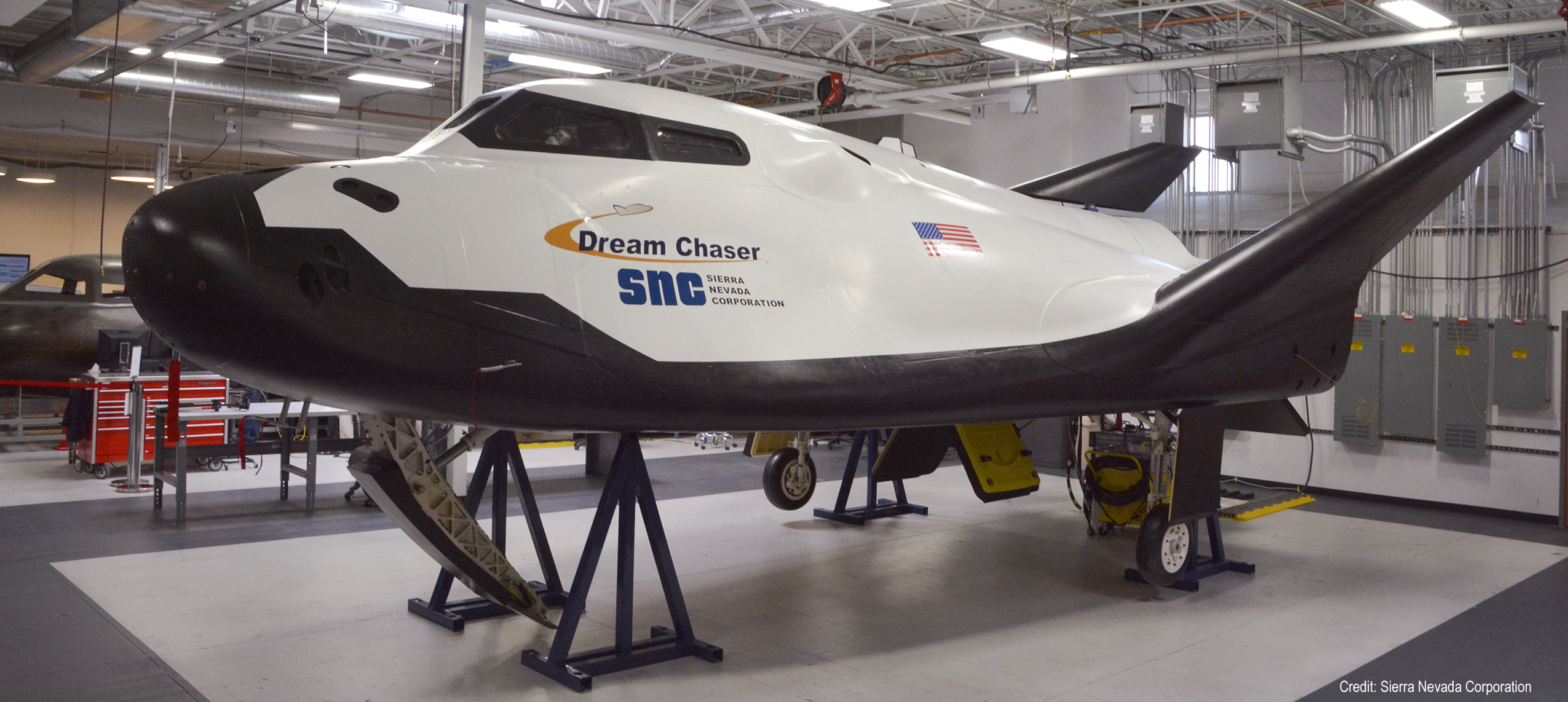
A joint NASA and commercial provider team pulls from expertise across key human spaceflight areas to design, test, assess, and plan missions aboard the Starliner and Crew Dragon spacecraft.
“Really the whole mission, from pre-launch through docking and undocking, entry, landing and post-landing, all of those need to be verified in the simulator. So we’ll have our astronauts going through each flight phase making sure all the tasks they have to do meet our workload, usability and error-rate requirements,” said Mike Good, a veteran astronaut who flew on space shuttle missions STS-125 and STS-132 and current program manager assistant for Crew Operations and Testing. “We’re also contributing by helping the provider complete their verification testing so that they can close requirements and we can go fly safely.”
Before Boeing and SpaceX will be able to begin flying regular missions to the space station, they must make sure all of the systems onboard the capsule meet NASA’s safety requirements. These criteria are designed to ensure a safe journey for the crew and the capsule.
Learn more: https://go.nasa.gov/2GXQt69


